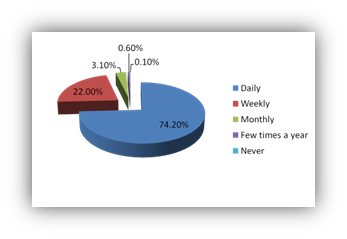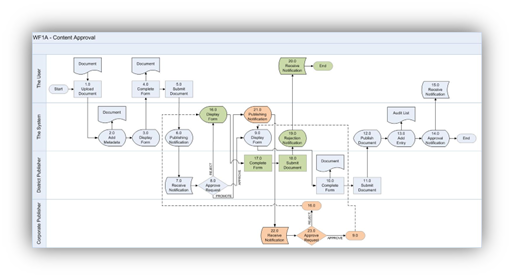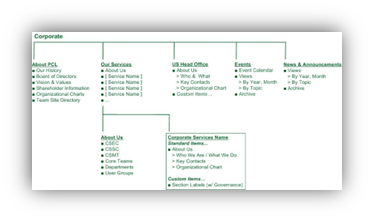SharePoint Navigation and Search | PCL Construction
Challenge
Over many years PCL had established standard processes for capturing and distributing a growing volume of electronically generated project knowledge and information. Beginning in 2000, PCL launched their corporate intranet, a custom built application referred to as “PCL Connects.” By 2004, the company had outgrown the original system and began to implement the second generation.
After several years of use, the new system suffered from many challenges. The sheer volume of information in the system resulted in significant challenges around information management and search access. A highly text-based visual design, redundancy in category labeling, and a duplication of corporate and geographic navigational constructs resulted in a confusing user experience. An overly complex, ambiguous metadata structure provided the means for driving content presentation using search-driven web components.
This resulted in two outcomes:
1) Publishers were fearful of tagging content out of concern they could not be assured of where the material would show up
2) Publishers intentionally miss-tagged items as a way to ensure prominent display in specific locations within the environment.
PCL sought help to create an enterprise solution that leveraged technology advances available in SharePoint 2010 and Fast Enterprise Search, to improve usability and establish a foundation to support growth and changes over time.

Solution
With SharePoint 2010 and FAST Enterprise Search as the foundation, Earley Information Science (EIS) designed an approach around the four key elements of knowledge management—People, Processes, Information and Technology. Redesign activities focused on developing robust information architectures. These provided simple navigation and a solid foundation for search.
The EIS project team supported PCL’s objectives through a three-phase approach. The Assessment Phase resulted in an understanding of user needs through surveys, interviews, and content analysis. The Information Architecture Redesign Phase produced a new intuitive site structure, use cases, workflow, content types, taxonomy, and metadata schema. The global information architecture addressed four core success factors: tagging, navigation, search and the user interface. It consists of 11 content types containing 15 vocabularies (taxonomies) and 50 metadata fields. In the Content Cleanup and Migration Phase, EIS developed tools for enabling a distributed approach to cleanup and migration.

Results
The information architecture produced a much more usable system with an enhanced ability to find information by key drivers of success included use of personalization, consistent navigation, and multi-faceted search. Ultimately, EIS reduced content volume by 50%. PCL Connects is but one of many corporate applications used to manage information within the organization. Based on this successful experience the company is now fully confident in its ability to expand on similar initiatives now and in the years to come.

Discover Expert Insights
See the latest news in the information architecture space through our blog posts, whitepapers, webinars, and more.
